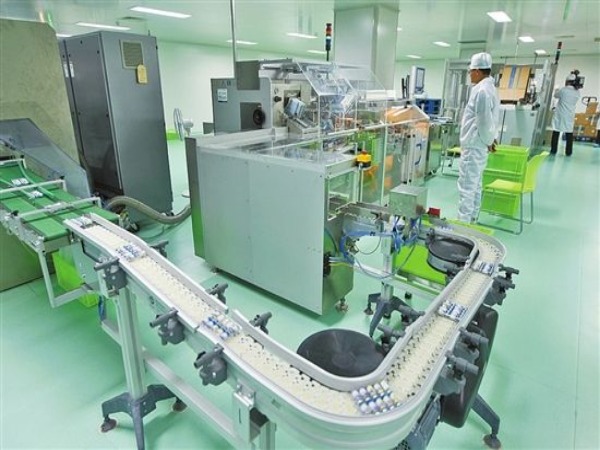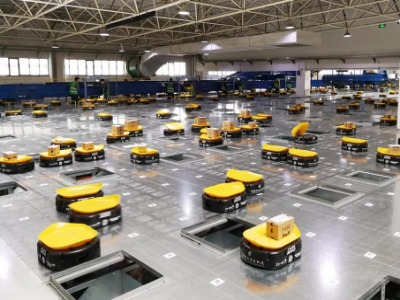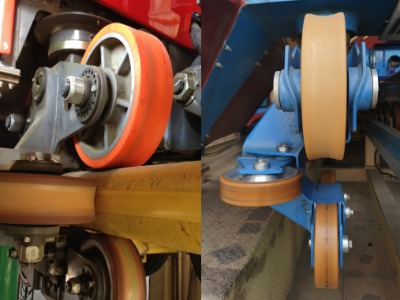In the overhead tracks of smart factories, every EMS silently performs intense, high-frequency material handling tasks. Yet behind this effortless glide lies the immense burden borne by the EMS Wheel. Each wheel group must withstand dynamic loads of up to tons and continue running for millions of cycles — without a single failure.

As the most critical load-bearing component of an EMS, the EMS Wheel is far more than an ordinary roller. It is an engineering masterpiece — combining precision structural design, advanced materials science, heat treatment technology, and rigorous validation. This article reveals how such a small wheel achieves the impossible: carrying tons with rock-solid stability.
Structural Design: From Simulation to Load Balancing
The primary mission of an EMS Wheel is to evenly distribute loads and prevent stress concentrations that could lead to early fatigue failure. To achieve this, finite element analysis (FEA) is used for multiple rounds of optimization:
Reinforced Hub Ribs – Radial ribs enhance torsional and bending strength of the hub.
Optimized Flange Curvature – Precisely calculated arc geometry ensures uniform contact stress with the track, reducing localized wear.
Lightweight Cavity Design – Weight reduction without sacrificing strength lowers system inertia and improves efficiency.
Materials Science – Dual Options of High-Strength Iron and Alloy Steel
When facing extreme loads, material selection becomes the decisive factor. Depending on the application, we offer two core solutions:
1. GGG-70 Ductile Iron
Tensile strength ≥ 700 MPa, yield strength ≥ 400 MPa
Excellent damping and wear resistance
Ideal for medium-to-high load, mid-speed operations
Mature casting process with cost efficiency
Widely used in standard EMS systems
2. 42CrMo Alloy Steel (Chrome-Molybdenum Steel)
Tensile strength ≥ 1000 MPa, yield strength ≥ 850 MPa after quenching and tempering
Exceptional fatigue strength and toughness
Suitable for ultra-heavy loads, high speed, and high-impact conditions
Commonly applied in automotive assembly and aerospace lines where reliability is paramount
3. Heat Treatment: Hardening Depth Defines Service Life
Even the best materials must undergo precise heat treatment to unlock their full potential. For 42CrMo EMS Wheels, we adopt a combined process of overall quenching and tempering plus localized induction hardening:
Quenching & Tempering – Produces tempered sorbite structure, enhancing both strength and toughness to ensure impact resistance.
Induction Hardening – Applies high-frequency hardening to the wheel rim’s contact surface. The hardened layer reaches 2.0–3.5 mm depth, with surface hardness of HRC 58–62. while the core retains toughness at HRC 30–35.
Conclusion
The EMS Wheel may seem like a small part of the EMS system, but it safeguards the stability and reliability of the entire production line. From material selection to structural design, from heat treatment to million-cycle testing, every step reflects an uncompromising pursuit of extreme performance and long-term durability.
For detailed technical support or application-specific recommendations, please contact our engineering team.





